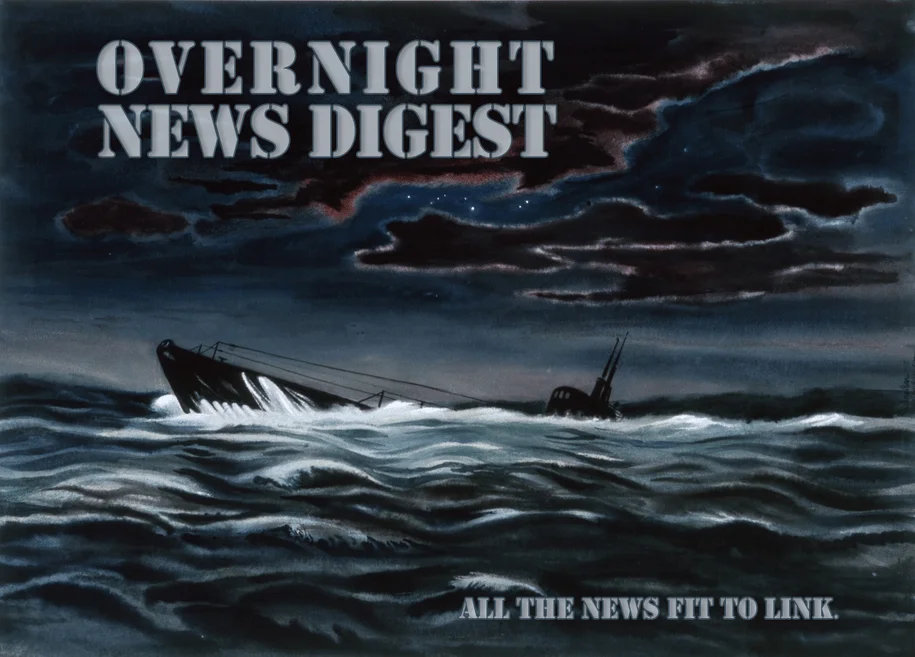
NASA Tracks Asteroid the Size of a House Zipping Past Earth: Is There Cause for Concern?
Three asteroids are currently being monitored by NASA as they venture through space at incredible speeds, ranging from 16,000 to 41,000 miles per hour. The proximity of these space rocks has sparked discussions about potential risks and the importance of continuous astronomical observation.
One of the asteroids, dubbed "2025 KH," is comparable to the size of a bus, measuring around 37 feet in diameter. It passed by Earth on Thursday morning at over 25,000 miles per hour, coming within 687,000 miles of our planet, according to NASA's Jet Propulsion Laboratory (JPL). While this sounds close, it's important to put the distance in perspective, as astronomers routinely track objects at these distances.
However, the asteroid is not the only one generating attention. A larger, house-sized space rock, identified as "2025 KE1," is expected to zoom past Earth early Friday morning. This asteroid, approximately 58 feet in diameter, will travel at over 41,000 miles per hour and come within only 120,000 miles of Earth, according to the JPL's Center for Near-Earth Object Studies (CNEOS). Another house-sized asteroid, "2025 KC", is slightly smaller and is expected to fly past at over 16,000 miles per hour.
The proximity of these asteroids provides valuable data for scientists studying the behavior and trajectories of near-Earth objects. This data is crucial for refining our models and improving our ability to predict potential future impacts.
NASA has been cataloging near-Earth asteroids since 1998, and we now know that close passes with automobile-sized asteroids occur yearly. The article also notes that 2025 KF's rendezvous doesn't even come close to breaking the record for the closest asteroid pass of Earth, which occurred in 2020 when a car-sized asteroid passed a mere 1,830 miles from our planet's surface.
Paul Chodas, manager of the CNEOS, previously told Newsweek that the designation 'potentially hazardous' simply means over many centuries or millennia the asteroid's orbit may evolve into one that has a chance of impacting Earth.
Another asteroid, 2025 KF, described as the size of "12 and a half fully grown gorillas," is set for a close flyby on May 21. Discovered recently, 2025 KF's calculated trajectory brings it significantly closer than most NEOs. According to NASA, during the pass, the asteroid will be travelling at a speed of 25,880 miles per hour (41,650 kph) relative to Earth. Its trajectory will see it pass closest to our planet's south polar region before continuing its long, looping orbit around the sun.
While an impact from 2025 KF is highly improbable, even if it were to occur, its smaller size suggests it would likely burn up in the atmosphere, resulting in a loud airburst explosion without posing significant danger to the planet.

The tracking of these asteroids underscores the ongoing efforts to monitor and understand the space environment around our planet. While the current trajectory of these objects poses no immediate threat, continuous vigilance and advanced detection technologies are essential for ensuring the long-term safety of Earth from potential asteroid impacts.
What are your thoughts on the increasing number of near-Earth objects being discovered? Share your opinions and concerns in the comments below.